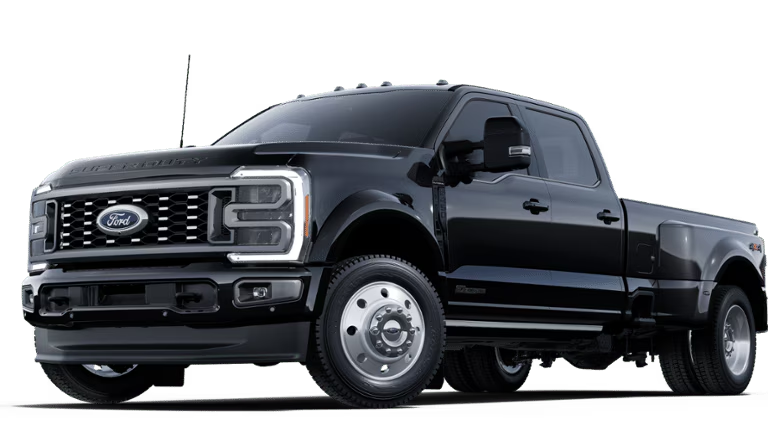Ford is switching gears in its electric vehicle (EV) game plan. The company is looking to roll out extended-range electric vehicles (EREVs) across multiple segments before the decade ends. If you’re wondering what that means, it’s a mix of electric and gas power—but not in the way a traditional hybrid works. Unlike traditional hybrids, where the gas engine directly powers the wheels, in an EREV, the gas engine acts as a generator, keeping the battery charged. This means the wheels are powered entirely by electric motors, providing the benefits of an EV with a built-in safety net for when charging isn’t an option.
Instead of driving the wheels, the gas engine in an EREV acts as a generator, keeping the battery charged. The wheels? They’re powered entirely by electric motors. Think of it as an EV with a built-in safety net—when charging isn’t an option, the gas generator keeps you moving.
Why the Shift?
While electric trucks have gained popularity, they have faced challenges, particularly in terms of price and long-haul capabilities. This is where EREVs come in, offering a practical solution that provides electric power without the fear of running out of charge.

Ford isn’t the only one heading down this road. Ram and Scout Motors have already announced their plans for EREVs in the U.S. Ford is now joining the club with EREV versions of its SUVs, crossovers, and Super Duty trucks. According to a Bloomberg report, these vehicles could be crucial to Ford’s long-term EV strategy.
How Do EREVs Work?
Take the 2025 Ram 1500 Ramcharger as an example. It runs on a battery-powered electric motor but has a gas engine that works solely as a generator, never directly powering the wheels.
- The battery handles most of the driving.
- When charging isn’t available, the gas generator recharges the battery.
- Owners can still plug in and charge like a regular EV.

The concept isn’t new, but it’s gaining traction. In China, over 620,000 EREVs were sold in 2024 alone, according to the China Association of Automobile Manufacturers. The trend is coming to the U.S., with Stellantis bringing the Ram 1500 Ramcharger to market, boasting a potential 690-mile range.
What’s Next for Ford?
Ford’s EREVs won’t hit the streets until 2027, but they could play a significant role in turning around Ford’s EV division when they do. Despite being an early adopter, Ford’s Model E-business unit is expected to lose about $5 billion in 2024.

Sure, the F-150 Lightning has seen some success, but it’s just a slice of the more prominent F-150 family—gas and hybrid models still dominate. Last year, Ford canceled plans for a three-row electric SUV and delayed an all-electric pickup truck meant to succeed the Lightning.
EREVs: The Future of EVs?
Ford isn’t alone in rethinking the EV roadmap. Volkswagen-backed Scout Motors revealed its EREVs last year, including the Traveler SUV and Terra pickup truck. While full EV and EREV versions were offered, customers overwhelmingly favored the EREV models—80% of reservations were for those.
As AboutEVs recently pointed out, the electric truck market is still up for grabs. With the introduction of extended-range electric vehicles, a game-changing innovation, the landscape could soon shift.
For more information about Ford’s EREVs, visit their official website.
👉 Please 📩SUBSCRIBE to us for more real-world EV analysis, news, and deep dives — written for EV fans by EV fans. It’s FREE!
Hey, I’m Badal! I’m super passionate about cars—especially electric ones. Whether it’s EVs, electric trucks, bikes, or anything with a battery and wheels, I’m all in. I love writing blogs and articles that break things down for fellow enthusiasts and curious readers alike. Hope you enjoy the ride as much as I do! Enjoyed reading? You can buy me a coffee on PayPal ☕ → paypal.me/BadalBanjare
